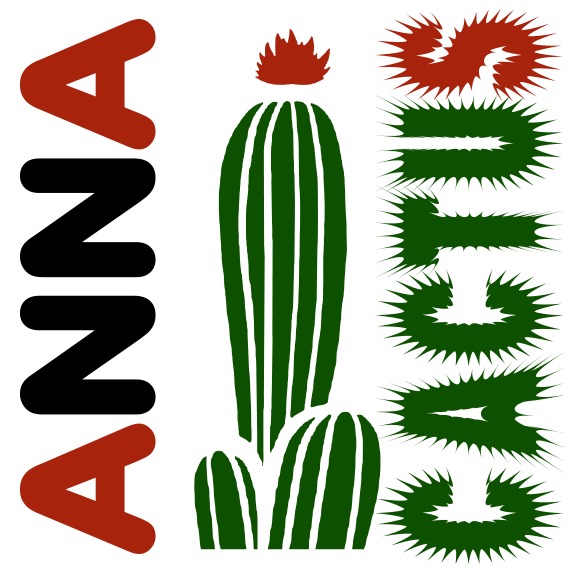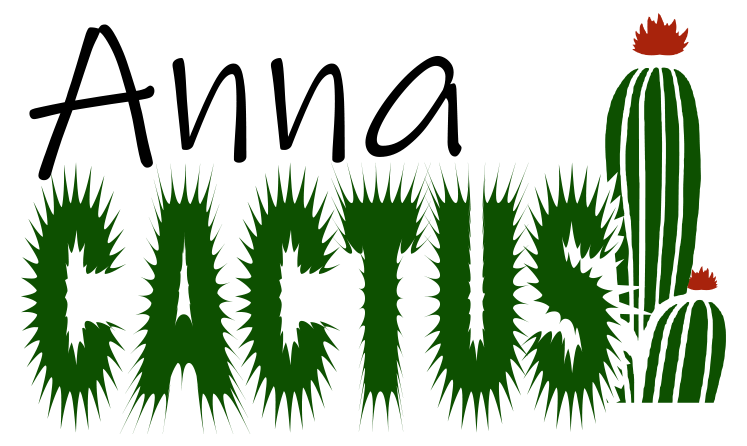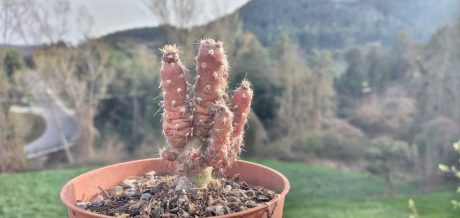Today we are going to be dealing with a cactus that is one of the first that people buy when they want to start collecting. It is the Echinopsis Subdenudata, endemic to Bolivia and Paraguay, and we know it by the common name of cactus easter lily, partly thanks to the flower it makes. It is globular when small, and over time it becomes columnar and is at most ten centimeters high and has a dark green body.
It usually has eight to twelve ribs, slightly conical and with woolly areoles, which are very marked. Sometimes it has a single central spine, which does not always exist and between three and seven radials and all measure two millimeters or less. Over the years, whether he has suffered any damage or age, ends up issuing young plants.
It flowers from spring to late summer. The flowers are quite large compared to the plant, between fifteen and twenty-two centimeters long by ten to fifteen in diameter. Coloration is usually always white, but sometimes it is possible to find specimens anywhere with the mixture of white and pink. Sadly, they don’t last very long, practically just a day, although when they start to bloom, they pull out many flowers at once, and that lasts only one day isn’t that much a problem.
It must always be in a very well-lit place and also for a few hours a day to touch the sun directly. We have to make sure that we have it in a place where there is enough light, otherwise we will see that it starts to stretch more from the tip and change the coloring to a lighter green, and that is signed to the fact that it is going to look for sunlight. If you have it on the outside and when the minimum temperatures are cold below zero degrees, you should provide it with some cover, either by putting it in a greenhouse or moving it indoors. If you put it at home, you should be aware to put it next to a window where it has as much light as possible.
The irrigation must be rather scarce, in spring irrigating every fortnight is enough, in summer, once a week, and when temperatures start to be less than ten degrees positive, that means at most we will water until October and only once. Wait for the substrate to be completely dry before returning water.
Finally, because it holds the frost slightly, it can hold some as long as it is very punctual and not very aggressive. Apart from that, all we have to worry about is not going over with the excess water, so we will avoid possible rots.









Reviews
There are no reviews yet.